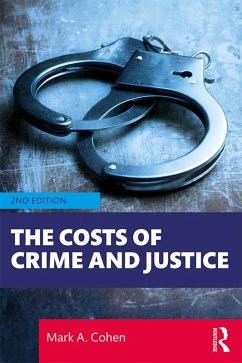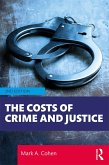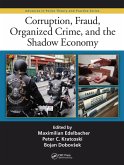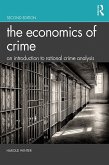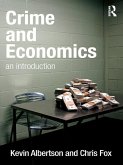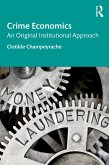The book provides a comprehensive economic framework and overview of the empirical methodologies used to estimate costs of crime. It provides an assessment of what is known and where the gaps in knowledge are in understanding the costs and consequences of crime. Individual chapters focus on victims, governments, as well as the public at large. Separate chapters detail the various methodologies used to estimate crime costs, while two chapters are devoted to policy analysis - both cost-effectiveness and benefit-cost analysis. The second edition is completely updated and expanded since the first edition in 2005. All cost estimates have also been updated. In addition, due to a significant increase in the number of studies on the cost of crime, new chapters focus on the costs to offenders and their families; white-collar and corporate crime; and the cost of crime estimates around the world.
Understanding the costs of crime can lead to important insights and policy conclusions - both for criminal justice policy and other social ills that compete with crime for government funding. Thus, the target audience for this book includes criminologists and policy makers who are seeking to apply rigorous social science methods to assist in developing appropriate criminal justice policies. Note that the book is non-technical and does not assume the reader is conversant in economics or statistics.
Dieser Download kann aus rechtlichen Gründen nur mit Rechnungsadresse in A, B, BG, CY, CZ, D, DK, EW, E, FIN, F, GR, HR, H, IRL, I, LT, L, LR, M, NL, PL, P, R, S, SLO, SK ausgeliefert werden.

